Did you know milkweed was used during World War II? I learned this bit of American history by reading When Angels Rest, by Donald Harington, one of my favorite Arkansas authors. When Angels Rest is classified as literary fiction. When I read about the characters in the story collecting milkweed pods for the war effort, I suspected this must have been based on the truth even though I’d never heard about it. As a huge fan of milkweed—we grow several varieties for the monarchs— I dove down the rabbit hole, reading all about this piece of American history I’d never learned.
Maybe you already knew about this? Maybe your parents or grandparents told stories of this? Mine didn’t.
Your Milkweed May Be Used as a Flotation Device
Prior to WWII, life preservers were filled with the floss of the kapok tree, a tree that grew in the West Indies. During the war, Japan took control of the islands where these trees grew, thus cutting off the Allies’ supply.
Milkweed floss became an excellent substitute with properties much like goose-down. The fluff of the milkweed pod is naturally buoyant and water repellant. Nature provides!
The Soil Conservation Service, in conjunction with the U.S. Department of Education, provided information and guidelines for the collection of milkweed during World War II. Excerpts are below.
Enter the Children
By the fall of 1944, our men were deep into war and most of our womenfolk had rolled up their sleeves and joined the work force. Children were sent out to gather milkweed for the war effort, with schools and 4-H clubs eagerly participating in the call for help.
Mesh onion bags were manufactured and specifically used for collection. Two mesh bags filled with milkweed fluff provided filling for one life jacket.
Kids earned approximately twenty cents per bag depending upon weight.
Now is the Time
Now is the time of the year when milkweed pods begin to brown and split open, sending fluff sailing through our neighborhood. I imagine the children who lived in the Ozarks during WWII worked hard to collect the pods. And I imagine during this time when food was rationed, they were thrilled over the money they earned.
By the end of the war, children had picked 2.5 million pounds of milkweed.
I’ve heard people say they prefer to read non-fiction because fiction is, well, made-up. They act as though fiction isn’t worth their time. Ha. Not me. I learn something from every book I read, whether fiction or non-fiction. I may learn a new-to-me word or discover a thread of history woven into a fictional tale that turns into an entire history lesson. Like this use of milkweed during WWII lesson.
Stories from WWII always astound me—the bravery and ingenuity and diligence of our ancestors is something we should shuffle to the front of our minds and never allow to fade away. I think this is especially important as our present world begins to look less and less like the world of yesterday. And not in a good way.
Grace Grits and Gardening
Farm. Food. Garden. Life.
P.S. For more in-depth information on the history of milkweed during World War II and the process plant built in Michigan, read THIS article.
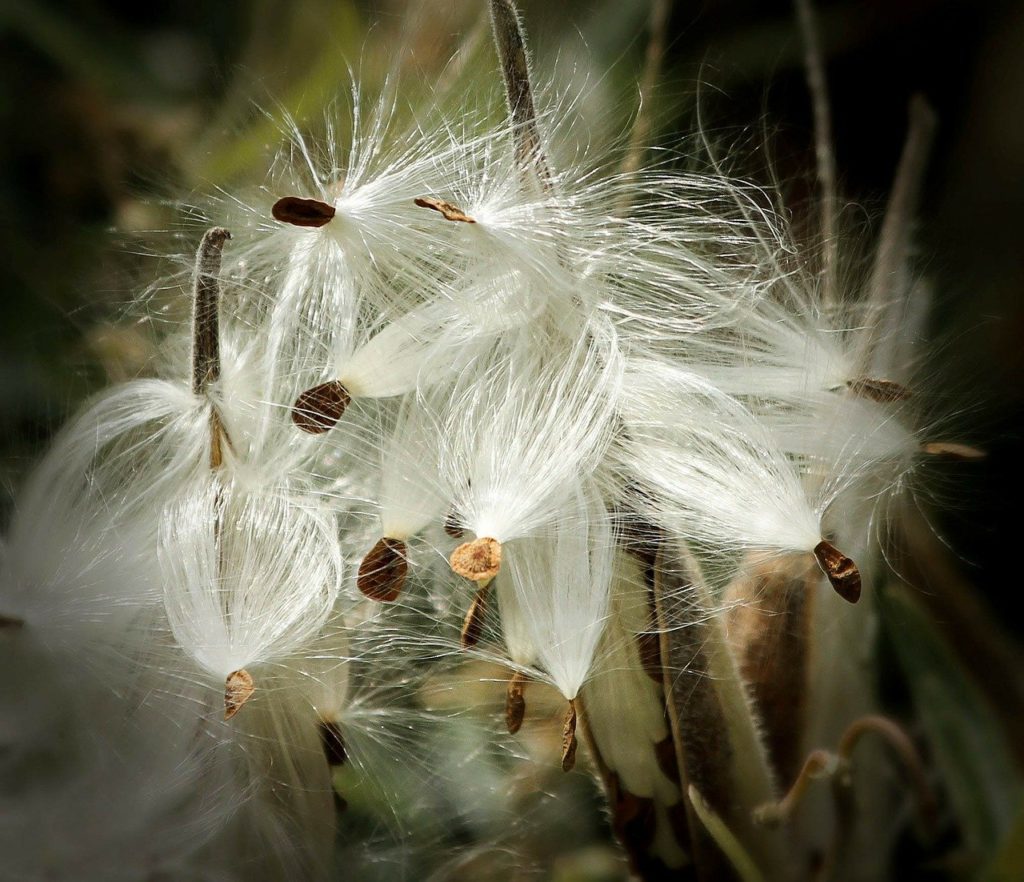
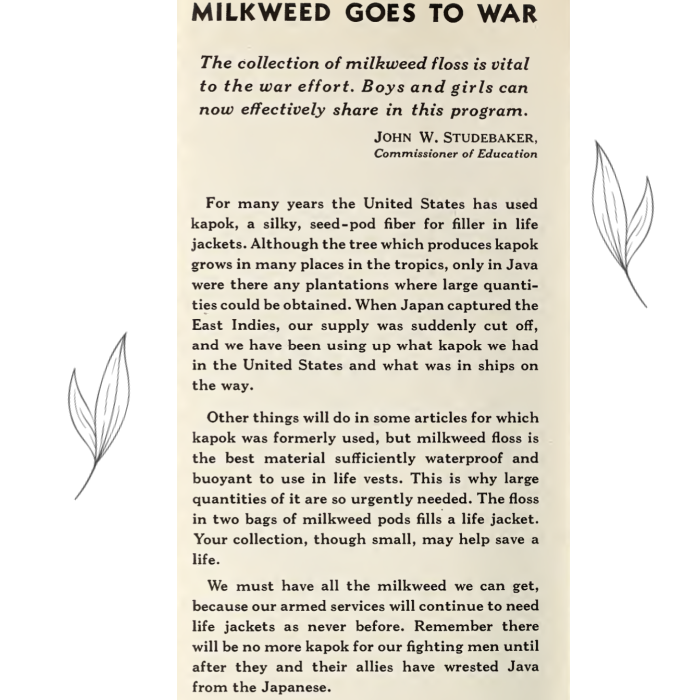
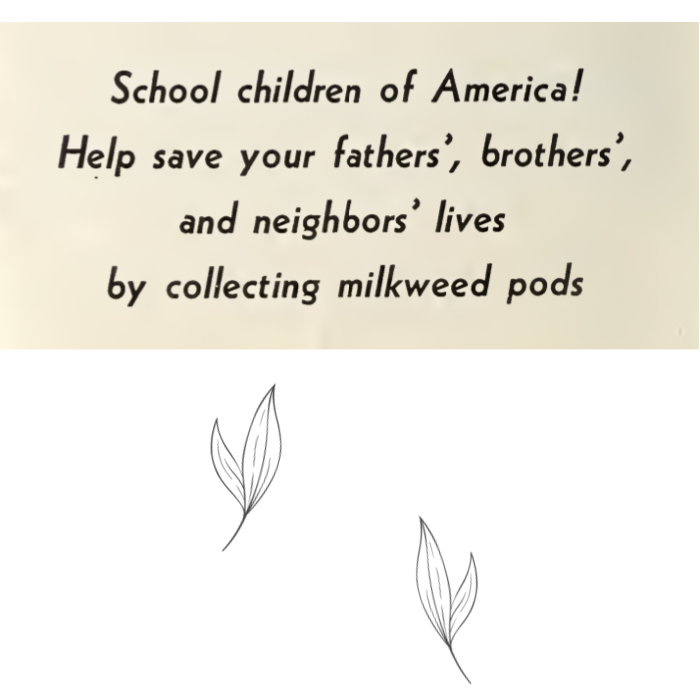
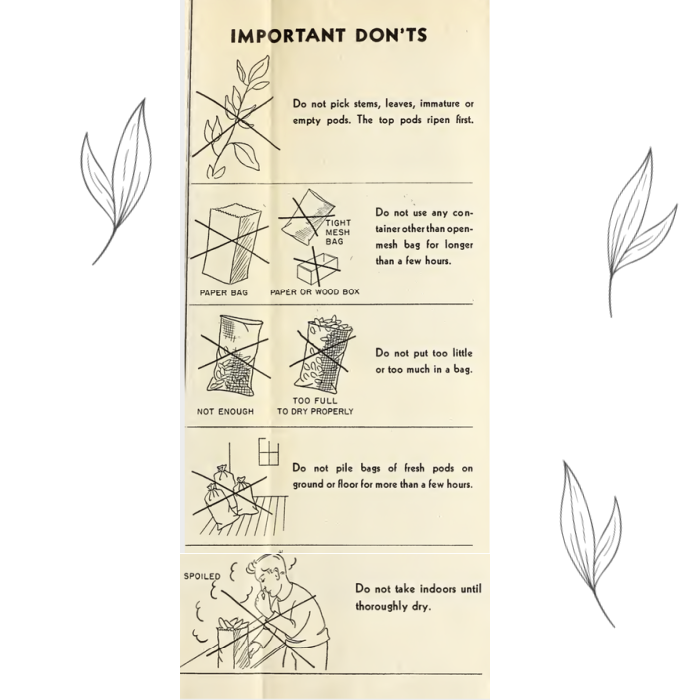
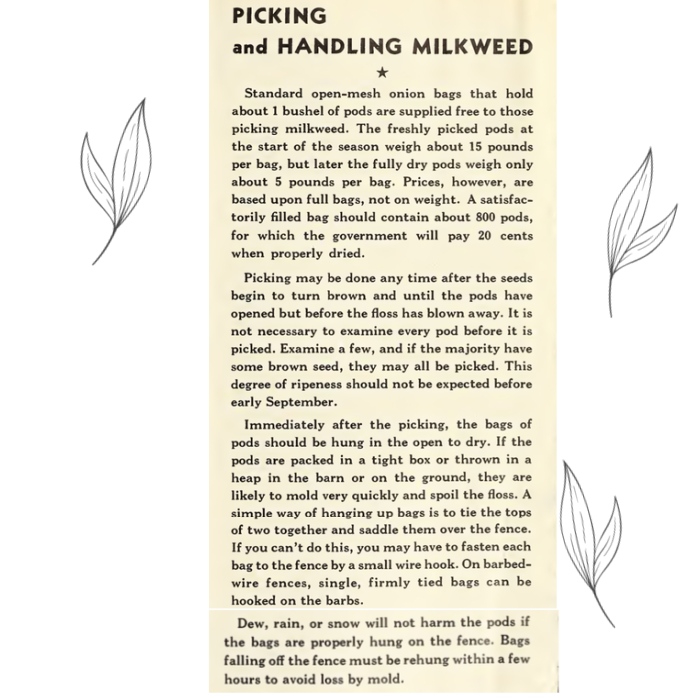
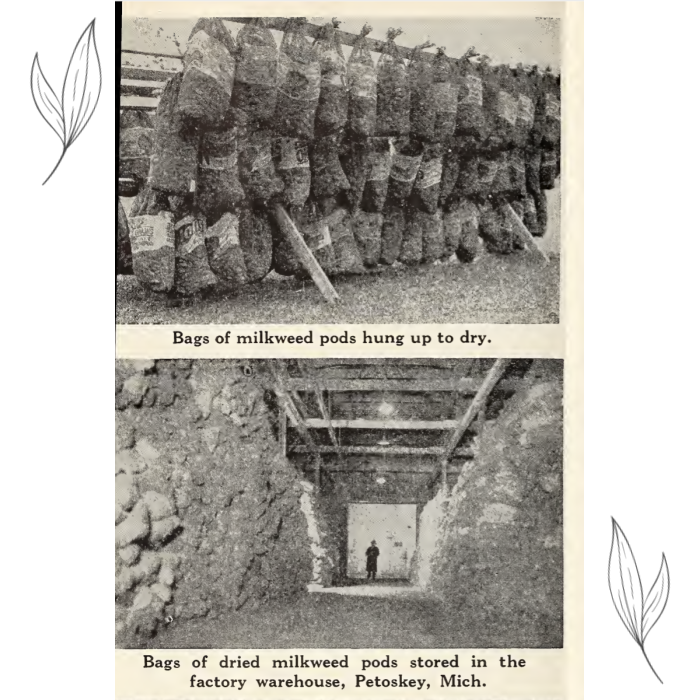
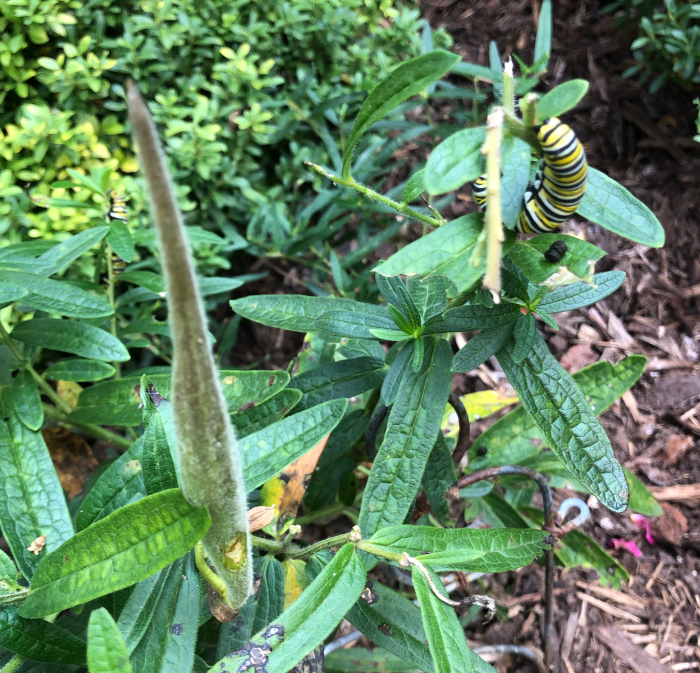










Thank you for this very interesting information! I never would have known.
It’s brand new info for me too. I couldn’t wait to share! Thanks.
I was born in 1937, and actually helped collect the pods in rural Western NY State.
-Barbara
I love hearing about this. Thanks so much for sharing!
Thank you. I, too, have told people I learn something from every fiction book I read.
Isn’t it a great thing??!
Totally sharing this with my friend Anna, who writes historical fiction. When I proofread her book “Treasuring Ava,” I went down a rabbit hole of WW2 research, but I didn’t run across anything about milkweed! This is fascinating stuff, including the fact that children gathered 2.5 million pounds of the fluff pods for our nation.
BTW, that video at the end is hilarious! 🙂
Where do you get the milkweed to plant? Love all your post they all are very interesting thanks for doing all this
Most of the local nurseries in our area sell milkweed in the spring, and the Arkansas Master Naturalists sell a great variety of native milkweed each year. Swamp milkweed is perennial so it returns and spreads. I save the seeds and include them in the seed drawer of our Little Free Library for neighbors to take.
I am new here and I really like your site! Thank you
Welcome, Welcome!
Love this article! Very intetesting and informative. Keep up the good work. B Horstman in a Virginia garden… 🙂
Thank you so much!